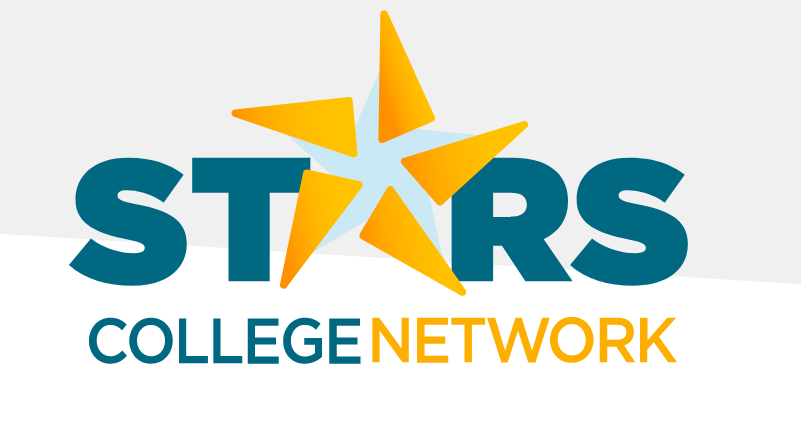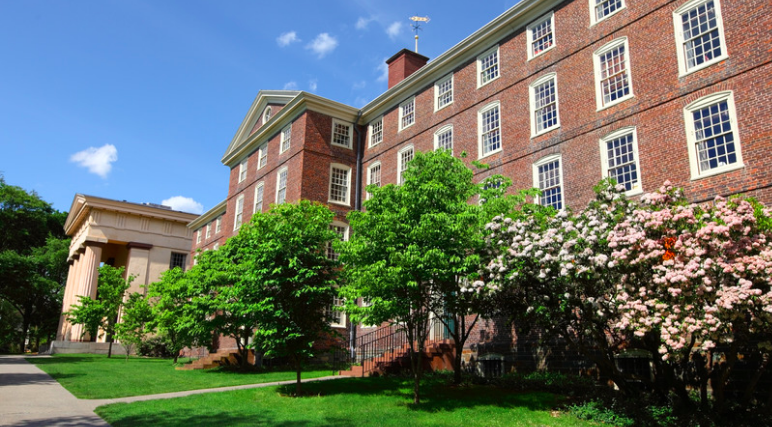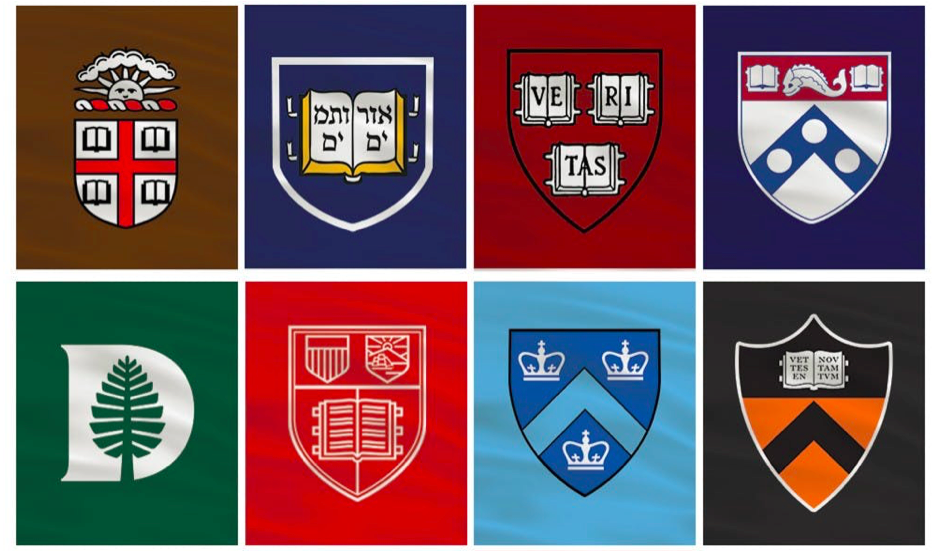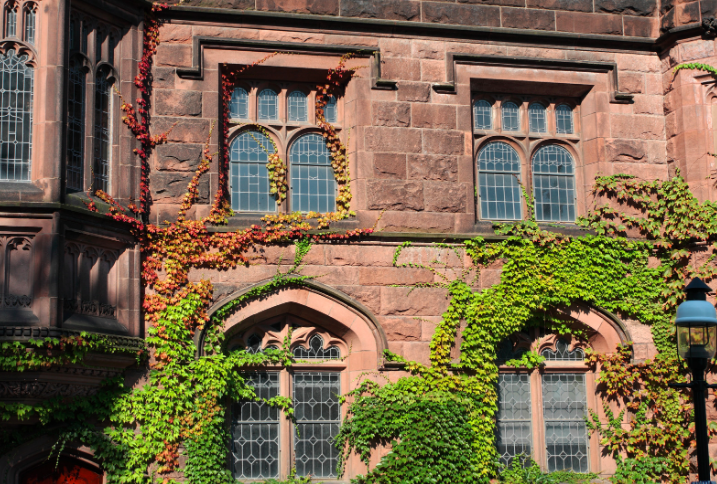
Brown University in Providence, Rhode Island.
Brown University’s 2023-2024 supplemental short essay prompts for first-year applicants have now been made public as a result of the Common Application’s launch for the 2023-2024 admissions cycle.
All first-year applicants to Brown will write responses to the following seven Brown-specific prompts. With these responses, applicants now have up to 1,003 additional words to further differentiate their applications for first-year admission. This compares to only three required supplemental essay prompts seeking up to 750 words from applicants on last year’s Brown supplement to its first year application. This makes the 2023-2024 Brown supplement a real bear (Brown’s mascot is Bruno the Bear, a brown bear). We kid – have a sense of humor!
2023-2024 Brown Supplemental Essay Prompts
1. Brown’s Open Curriculum allows students to explore broadly while also diving deeply into their academic pursuits. Tell us about any academic interests that excite you, and how you might pursue them at Brown. (200-250 words)
2. Students entering Brown often find that making their home on College Hill naturally invites reflection on where they came from. Share how an aspect of your growing up has inspired or challenged you, and what unique contributions this might allow you to make to the Brown community. (200-250 words)
3. Brown students care deeply about their work and the world around them. Students find contentment, satisfaction, and meaning in daily interactions and major discoveries. Whether big or small, mundane or spectacular, tell us about something that brings you joy. (200-250 words)
4. What three words best describe you? (3 words)
5. What is your most meaningful extracurricular commitment, and what would you like us to know about it? (100 words)
6. If you could teach a class on any one thing, whether academic or otherwise, what would it be? (100 words)
7. In one sentence, Why Brown? (50 words)
—
As most high school seniors applying to Brown do so through the Common Application, most Brown applicants will also need to respond – and respond well – to one of the Common App’s main essay prompts in order to be considered for admission at Brown.
Good luck to all those students applying to join Brown’s Class of 2028.
Meanwhile, the 2023-2024 supplemental essay prompts for students applying to be first-year students at fellow Ivy League institutions Columbia, Cornell, Dartmouth, Harvard, Penn, and Yale have now also been released. Only Princeton has yet to release its supplemental essay prompts for the 2023-2024 admissions cycle.





 So much of what you read, watch, or hear in the media is there to make you feel like it’s impossible to get into Brown, Columbia, Cornell, Dartmouth, Harvard, Penn, Princeton, and Yale without cheating your way in or using some unsavory connection to worm your way in.
So much of what you read, watch, or hear in the media is there to make you feel like it’s impossible to get into Brown, Columbia, Cornell, Dartmouth, Harvard, Penn, Princeton, and Yale without cheating your way in or using some unsavory connection to worm your way in.